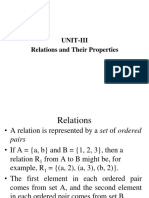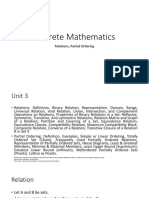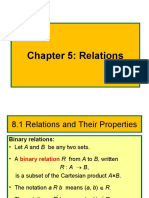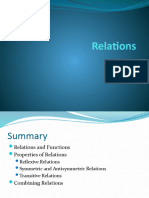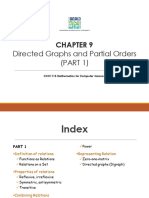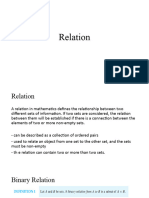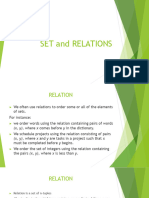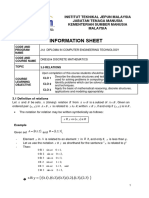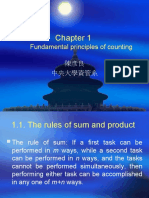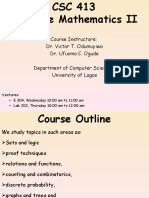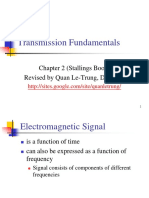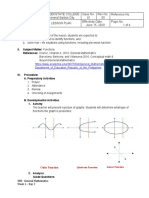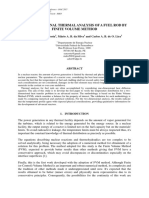0% found this document useful (0 votes)
77 views22 pagesCourse Instructors: Dr. Victor T. Odumuyiwa Dr. Ufuoma C. Ogude Department of Computer Sciences University of Lagos
The document outlines a Discrete Mathematics II course, including details about lectures, course topics like sets, logic, relations and functions, counting and combinatorics, and graphs and trees. It provides the course instructors, Dr. Victor T. Odumuyiwa and Dr. Ufuoma C. Ogude, as well as the location and times for lectures and labs. The course material includes a textbook and lecture notes to use as a study guide.
Uploaded by
Oriola KolawoleCopyright
© © All Rights Reserved
We take content rights seriously. If you suspect this is your content, claim it here.
Available Formats
Download as PPT, PDF, TXT or read online on Scribd
0% found this document useful (0 votes)
77 views22 pagesCourse Instructors: Dr. Victor T. Odumuyiwa Dr. Ufuoma C. Ogude Department of Computer Sciences University of Lagos
The document outlines a Discrete Mathematics II course, including details about lectures, course topics like sets, logic, relations and functions, counting and combinatorics, and graphs and trees. It provides the course instructors, Dr. Victor T. Odumuyiwa and Dr. Ufuoma C. Ogude, as well as the location and times for lectures and labs. The course material includes a textbook and lecture notes to use as a study guide.
Uploaded by
Oriola KolawoleCopyright
© © All Rights Reserved
We take content rights seriously. If you suspect this is your content, claim it here.
Available Formats
Download as PPT, PDF, TXT or read online on Scribd
/ 22



